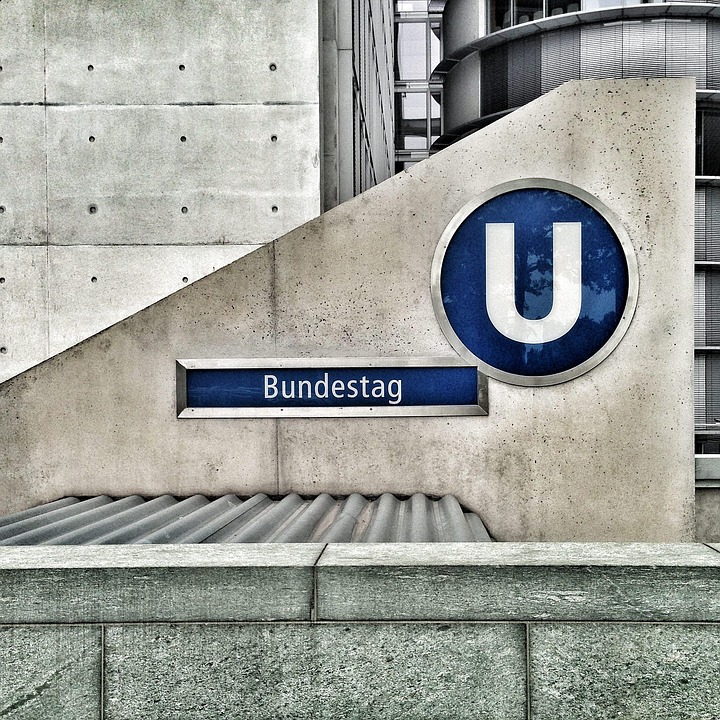
Local SEO: Steering Architectural Success in the Canadian Market
November 13, 2025
Unleash the Power of Social Media Marketing to Skyrocket Your Contracting Business
November 16, 2025Title: Navigating the Digital Marketing Landscape: An Architect’s Guide to Pay-Per-Click
In the ever-evolving digital era, conquering the vast landscape of digital marketing has become as integral as mastering the foundational principles of architecture. For architects, the blueprint to success lies not only in injecting creativity into their designs, but also in utilizing the right marketing channels. One potent weapon in their arsenal is Pay-Per-Click (PPC) advertising, a gem that holds potential to elevate architectural practices to new heights.
Pay-Per-Click (PPC): A Pillar of Digital Marketing
PPC is an online marketing model where advertisers pay each time a user clicks on one of their online ads. It’s a tactical way of buying visits to your site, a quicker route compared to organically earning those visits. The appeal lies in the fact that PPC is not just about spending money. It is more about strategizing spending to yield high return investments.
Essentially, PPC is like the cornerstone of a building project — it plays a crucial role in solidifying the structure of digital marketing.
The Architecture of PPC: Three Primary Forms
Central to understanding PPC is recognizing its key forms: search, display, and video. Think of them as the structural parts of a building: the foundation, the walls, and the roof, all instrumental in shaping an architecturally sound PPC campaign.
Search ads, the backbone of PPC, appear when people search for things online using a search engine like Google – especially when they are performing commercial searches, meaning they’re looking for something to buy. Display ads, akin to the walls enclosing the space, appear on Google’s partner websites. They are the visual banners seen on affiliated websites. Lastly, video ads, the roofs providing an overview of everything, are the promotional content seen primarily before, during, and after YouTube videos.
Why Architects Should Construct a PPC Plan
Some architects may question the relevance of PPC to their practice. The truth is, a well-designed PPC strategy can help architects in several ways.
Lead Generation: As architects, your designs are your products. With PPC, you can display your designs to a broader audience who can turn into potential clients.
Brand Visibility: Ads strategically placed on search result pages enhance your brand’s visibility. You’re not just another architect; you are the architect they see first when they search for “best architect near me.”
Specific Targeting: PPC allows you to target ads based on location, keywords, and user demographics, ensuring your advertisements are directly hitting your niche market.
ROI Tracking: It empowers you with real-time tracking of return on investment. You can constantly evaluate the effectiveness of your ads and fine-tune them according to the responses received.
The digital marketing landscape is no longer a foreign realm for architects. Inserting a well-planned PPC strategy into your core blueprint for success can significantly enhance your practice’s visibility, outreach, and branding. Like the meticulously designed structures that adorn our city skylines, PPC is an art – master it, and it will render you not just an architect, but a maestro of your craft in the digital world.
Case Study: The Origami Construction Company and its PPC Success Story
In this illustrative case study, we follow the blueprint of a small but ambitious architectural firm, Origami Construction Company (OCC), as they journey across the often convoluted terrain of digital marketing. OCC’s route to success perfectly encapsulates the core message of our article “Navigating the Digital Marketing Landscape: An Architect’s Guide to Pay-Per-Click (PPC)” and offers actionable advice for your business too.
The Challenge:
As a budding firm, OCC found it challenging to reach their target audience – real-estate developers and landowners – online. The Architectural services industry is highly competitive and OCC realized that their messages needed to be more search-centric so that they are quintessentially findable in digital space.
The Solution:
Reading about the potential benefits of PPC led OCC to implement it into their digital marketing strategy. Pay-per-click advertising on Google Ads offered the company more control over their marketing efforts and the possibility to boost their online visibility instantly.
1. Keyword Research and Strategy: OCC started with essential groundwork – keyword research. They identified “architectural firm,” “construction services,” and “affordable architect” as high-volume keywords relevant to their field. Additionally, they included local keywords such as “architects in [specific region/city]” to target customers looking for local services.
Action Step: Use keyword research tools like Google Keyword Planner to identify potential keywords in your industry.
2. Targeted PPC Ads: Next, OCC launched a PPC campaign with ads focused on their core services using the selected keywords. The ads were designed to highlight OCC’s unique value propositions, like affordable pricing, innovative designs, and efficient service.
Action Step: Create PPC ads that focus on customer benefits and use your selected keywords. Test different ad headlines and descriptions to find what best works for your target market.
3. Landing Page Optimization: To improve the quality score of their ads, OCC optimized their landing pages. They ensured the pages were relevant, easy to navigate and aligned with their ads’ content.
Action Step: Run a site UX audit to ensure your landing pages provide a seamless and pleasant user experience. Use web analytics tools like Google Analytics, to identify areas of improvement.
4. Tracking and Optimization: OCC closely monitored their campaign’s progress using Google Analytics. They focused on metrics like Click-Through-Rate (CTR), Cost-Per-Acquisition (CPA), and converted leads. The data helped them refine strategies, tweak ad copies, and improve the overall effectiveness of their campaign.
Action Step: Regularly track and analyze your PPC campaign data. Adjust and optimize your strategy based on valuable insights derived from the analysis.
The Results:
OCC’s decision to incorporate PPC into their digital marketing strategy proved to be successful. In less than six months, they saw a 35% increase in website traffic, a 20% rise in inquiries for their services, and an overall boost in brand visibility.
Thus, as exemplified by OCC, PPC can become a powerful navigational compass guiding businesses through the digital marketing landscape, offering them visibility, leads, and ultimately, substantial growth.
“Ready to master the world of PPC and revolutionize your digital marketing strategy? Don’t navigate this complex landscape alone – our team of specialists is here to guide you! Contact us today and start seeing impactful results. Your architectural business deserves nothing but the best.”
“In the digital era, PPC (Pay-Per-Click) campaigns have become a crucial advertising strategy for architectural practices. A well-implemented PPC campaign can strengthen visibility, enhance reputation, and drive relevant traffic. In fact, Google Ads reports that businesses generally make an average of $2 in revenue for every $1 they spend on PPC advertising, making it a worthy investment for architecture firms aiming to increase their digital footprint and draw in potential clients.”





